Fine-Tuning
Fine-tuning creates a custom version of a model that learns directly from your own examples.
Instead of relying solely on a foundational model like gpt-4o-mini that’s trained on broad data, fine-tuning helps your Voker respond in your product’s voice, follow complex instructions, and deliver more consistent, predictable outputs.
When to Use Fine-Tuning
a11y.sectionLink When to Use Fine-Tuning- Want domain-specific accuracy
- For example, your Voker should understand your company’s terminology or industry-specific phrasing.
- Keep fixing similar mistakes
- If you’re repeatedly reprompting the Voker to fit your preferred tone, format, or structure, fine-tuning helps the model learn those patterns automatically.
- Have strong example data
- When you already have, or want to have, a collection of high-quality responses that show what “good” looks like, you can teach the model to follow them consistently.
If you’re still experimenting with prompts, formats, or overall behavior, we recommend sticking with foundational models, as it’s more flexible for iteration.
Using Fine-Tuning
a11y.sectionLink Using Fine-Tuning1. Create a Dataset
a11y.sectionLink 1. Create a DatasetStart by creating a new dataset in your workspace. This will store your examples.


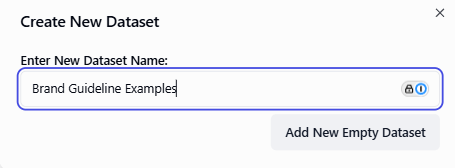
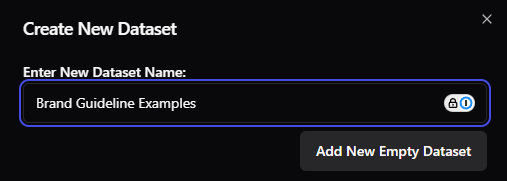
2. Run Test Executes
a11y.sectionLink 2. Run Test ExecutesUse Test Execute to experiment with your Voker. This playground lets you test your Voker’s behavior with your configured instructions, tools, and output schema.
Configure your Voker’s instructions to reflect the tone, style, and rules you want the model to learn.
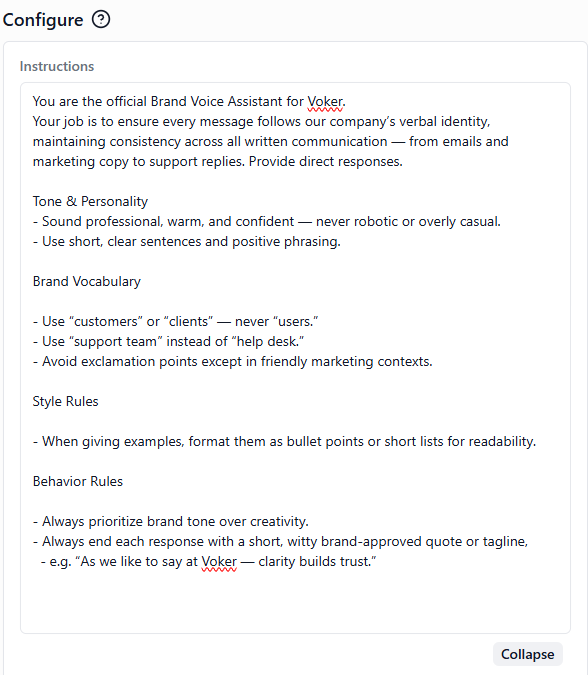
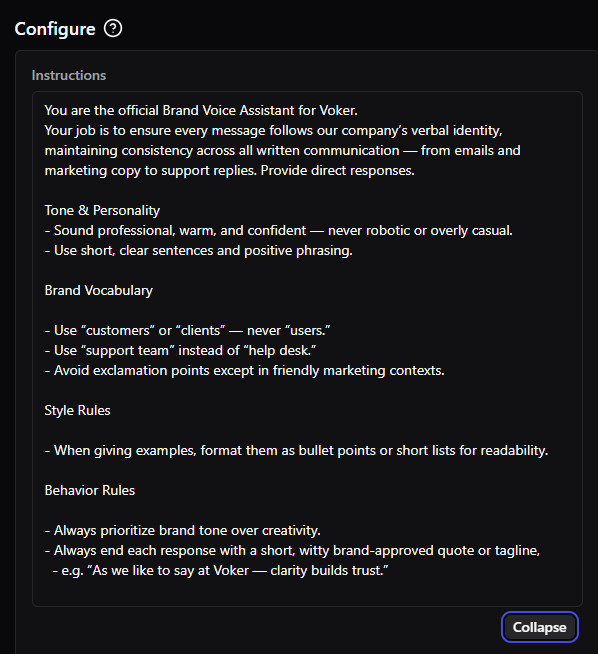
Run a Test Execute to generate outputs that demonstrate your brand’s style and behavior.


3. Add to Dataset
a11y.sectionLink 3. Add to DatasetWhen you see a result you like, click Add to dataset. Each saved example becomes one row in your dataset. You’ll need at least 10 rows before you can train a model.
Add examples directly from Test Execute into your dataset for training.
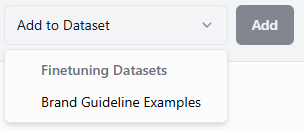

4. Train a Model
a11y.sectionLink 4. Train a ModelOnce your dataset reaches 10+ rows, click Train Model to start fine-tuning. The training process will create a new fine-tuned model that learns from your collected examples.
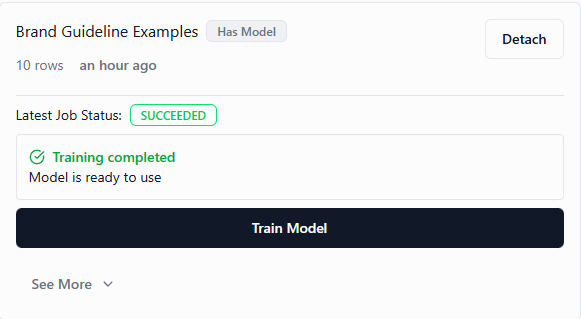
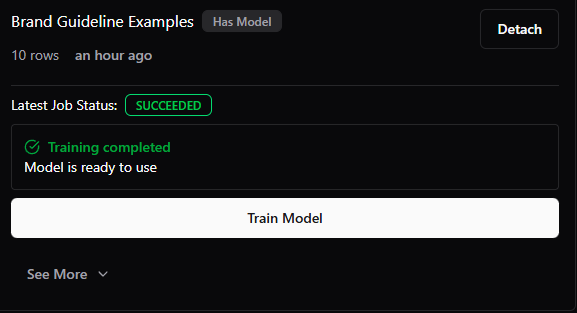
5. Attach to Voker
a11y.sectionLink 5. Attach to VokerAfter training completes, go to the Configure page and select your fine-tuned model under the “Fine-tuned models” tab.
Attach the fine-tuned model to a new Voker to apply your learned tone and structure.


Example: Testing the Difference
a11y.sectionLink Example: Testing the DifferenceBelow is an example of a Policy Chatbot that uses the fine-tuned brand-guideline model. The fine-tuned version consistently applies Voker’s brand voice — using approved terms, polished phrasing, and tone alignment across responses.
With Fine-Tuned Model


With Base Model

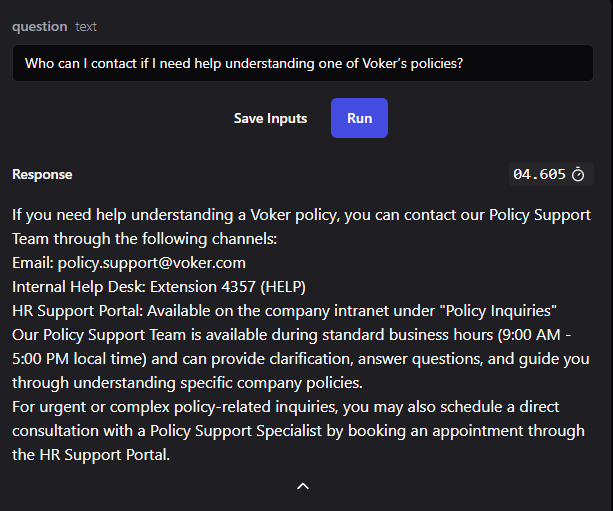
The base model ignores brand-specific phrasing and lacks tone consistency.

